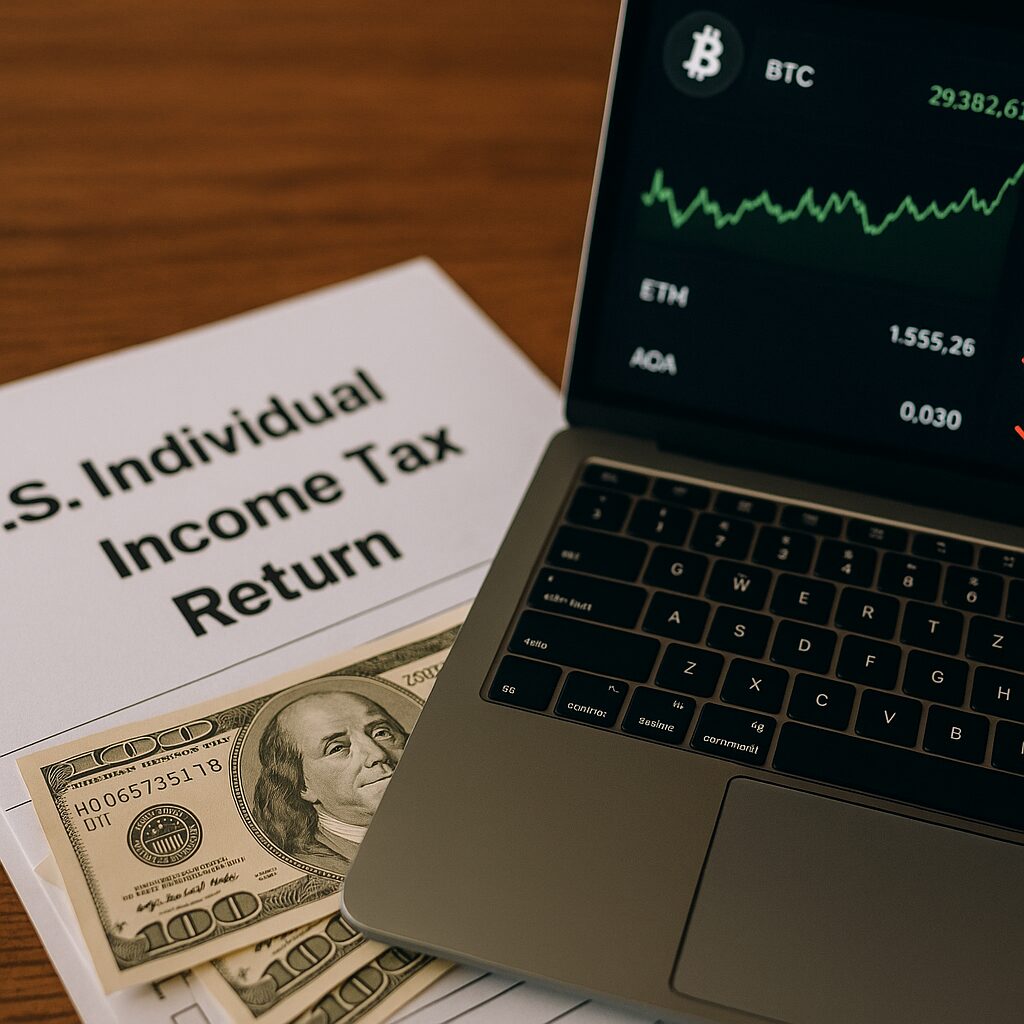Don’t Let the IRS (or Your Government) Kill Your Stablecoin Gains
You found a way to earn passive yield with stablecoins.
6%, 8%, even 12%—just sitting in a DeFi platform or CeFi savings account. But before you celebrate too soon, one uncomfortable truth remains:
If you ignore taxes or compliance rules, your yield could become a liability.
In this guide, we’ll show you how to maximize your stablecoin income — legally, safely, and globally. Whether you’re in the U.S., EU, Asia, or a tax-haven island, you’ll learn how to:
- Avoid illegal tax behavior
- Choose platforms that support documentation
- Track and report gains properly
- Shield your profits using legal strategies
This is real-world information, not just crypto theory. Let’s dig in.
1. Why Tax Authorities Care About Your Stablecoin Yield
To tax agencies, passive yield = income.
Stablecoins may feel like “digital cash,” but earning interest from them is no different from earning interest from a bank—in the eyes of the law.
Here’s how most countries classify stablecoin income:
- U.S. (IRS): Yield is taxable as ordinary income
- UK (HMRC): Treated as miscellaneous income
- Canada: Taxable under income, not capital gains
- Germany: Depending on structure, may fall under capital or income
- Singapore/UAE: Often tax-free (but subject to change)
Key takeaway:
Don’t confuse “crypto” with “tax-free.” Earning passive income from stablecoins is usually reportable and taxable.
2. The 3 Legal Risks You Must Avoid
Let’s keep it simple:
| Risk Type | What It Means | Real Example |
|---|---|---|
| Unreported Yield | You didn’t declare your interest income | $3,000 earned in USDC yield not reported → IRS audit |
| Using Offshore Platforms Without Reporting | Earning yield via platforms like Nexo, YouHodler, or Curve without disclosing accounts | May trigger FBAR/FACTA in the US |
| KYC-Free Wallet Activity | Moving large funds anonymously | Raises red flags in AML surveillance systems |
These aren’t just theory—they’ve led to arrests and fines in the U.S., UK, and South Korea.
3. Choose Platforms That Provide Documentation
To play it safe, use platforms that:
- Issue year-end tax reports
- Provide downloadable transaction histories
- Are licensed in your region or a known country (EU, U.S., Switzerland, etc.)
Best Platforms for Legal Compliance:
| Platform | What Makes It Safe | Notes |
|---|---|---|
| Coinbase | U.S.-regulated, sends 1099 forms | Low yield, but safe |
| Kraken | Offers U.S.-based staking with reports | |
| Binance | Provides basic reports, but regionally restricted | Use global/compliant version |
| Nexo | Offers interest statements, registered in EU | |
| SwissBorg | Swiss-based, detailed tax center |
Avoid: anonymous DApps or DeFi pools with no history, no documentation, or extreme APYs.
4. Use Tax Tracking Tools from Day One
The best time to start tracking is before you make money.
The second-best time is now.
Top Crypto Tax Tools (Global):
- Koinly: Supports 20+ countries, DeFi and CeFi
- CoinTracker: Integrates with wallets and exchanges
- Accointing: Good for European tax standards
- TokenTax: U.S.-focused, IRS audit-friendly
Use these tools to:
- Sync your wallet & exchange activity
- Classify income vs. capital gains
- Export files for your accountant
Don’t rely on screenshots or spreadsheets. Tax authorities want verifiable history.
5. Know the Difference: Income vs. Capital Gains
Not all yield is taxed the same way.
| Type | Tax Classification | Example |
|---|---|---|
| Interest yield | Ordinary income | Earning 8% APY from USDC on Nexo |
| Staking rewards | Sometimes income, sometimes CG | ETH staking = income; LP farming = mixed |
| Price appreciation | Capital gains | Buying USDT at $0.98, selling at $1.02 |
Ask your accountant:
- How is yield classified in your country?
- Do DeFi earnings qualify as capital gains?
- How to report token rewards?
Many people get burned by assuming everything is CG. That’s a mistake.
6. Consider Legal Entities for Tax Optimization
If your yield exceeds $10,000/year, it may be time to:
- Set up an LLC (U.S.) or Ltd. (UK)
- Use a holding company in UAE or Singapore
- Open a business crypto account
Why this helps:
- Expense deductions (hardware wallet, VPN, software)
- Lower tax brackets
- Separate personal and business risk
Caution: Don’t use entities to evade taxes—use them to optimize taxes legally.
7. Documentation = Defense
If tax authorities audit you, can you provide:
- Platform statements?
- Transaction logs?
- Wallet IDs?
- Yield history?
If yes, you’re safe.
If no, your passive income can become a legal nightmare.
Documentation is not optional—it’s your shield.
8. Bonus: Countries With Friendly Tax Rules on Stablecoins
Want to go full crypto nomad?
Here are tax-friendlier countries for stablecoin yield:
| Country | Tax Rule | Notes |
|---|---|---|
| Portugal | No tax on crypto for individuals | May change in future |
| Singapore | No CGT, low regulation | Stablecoin business must be licensed |
| UAE (Dubai) | No personal income tax | AML rules still apply |
| Germany | No tax on crypto held >1 year | Must track holding dates |
Living abroad won’t save you if your home country has worldwide taxation (like the U.S.)
But residency-based tax countries may give you a legal edge.
Conclusion: Stablecoin Yield Is Only Worth It If It’s Legal
You can earn 8–10% APY safely.
You can even earn more if you explore DeFi.
But it’s only real income if you get to keep it.
Don’t let the taxman or regulator steal your hard-earned yield.
Track. Report. Optimize. Stay safe.
